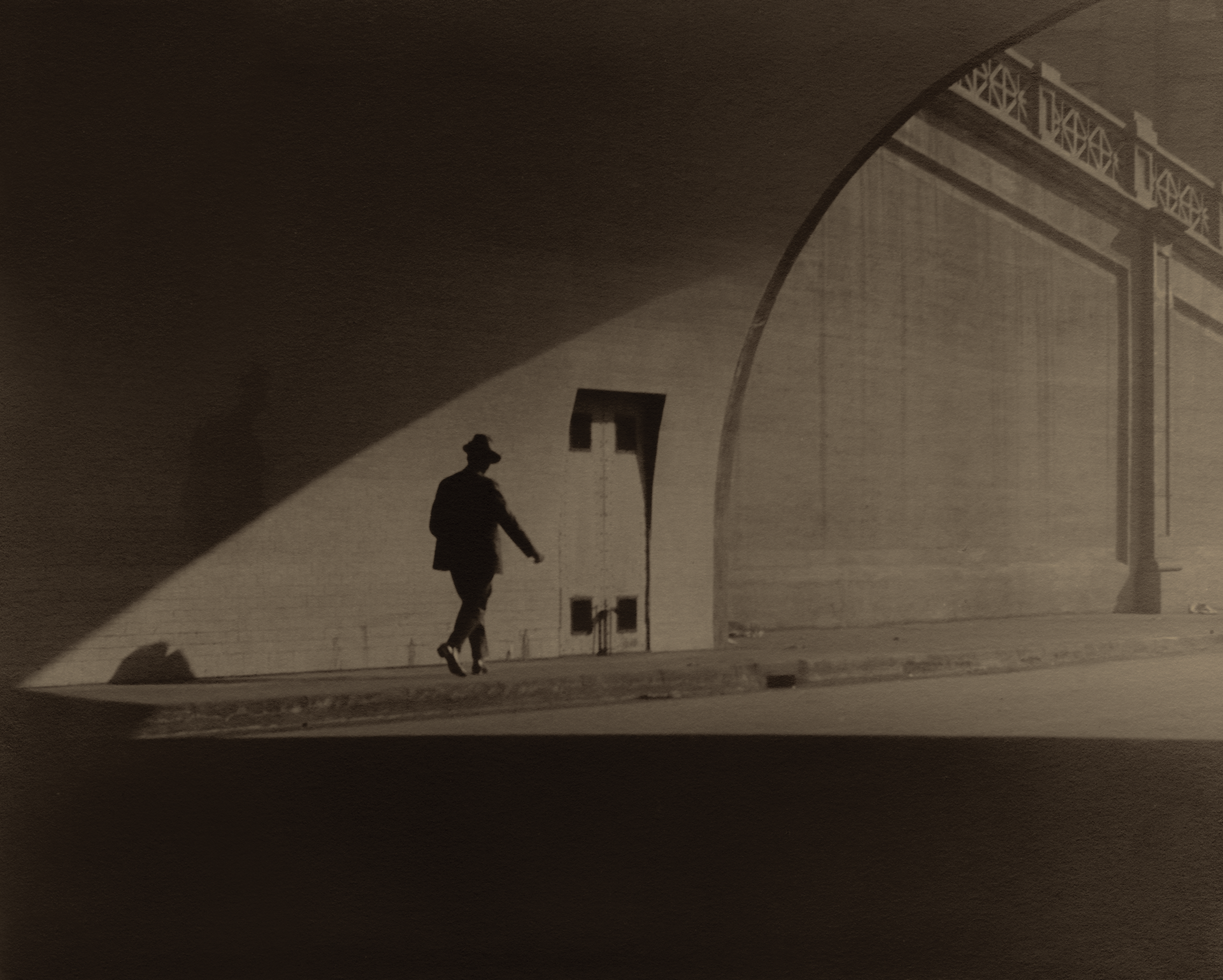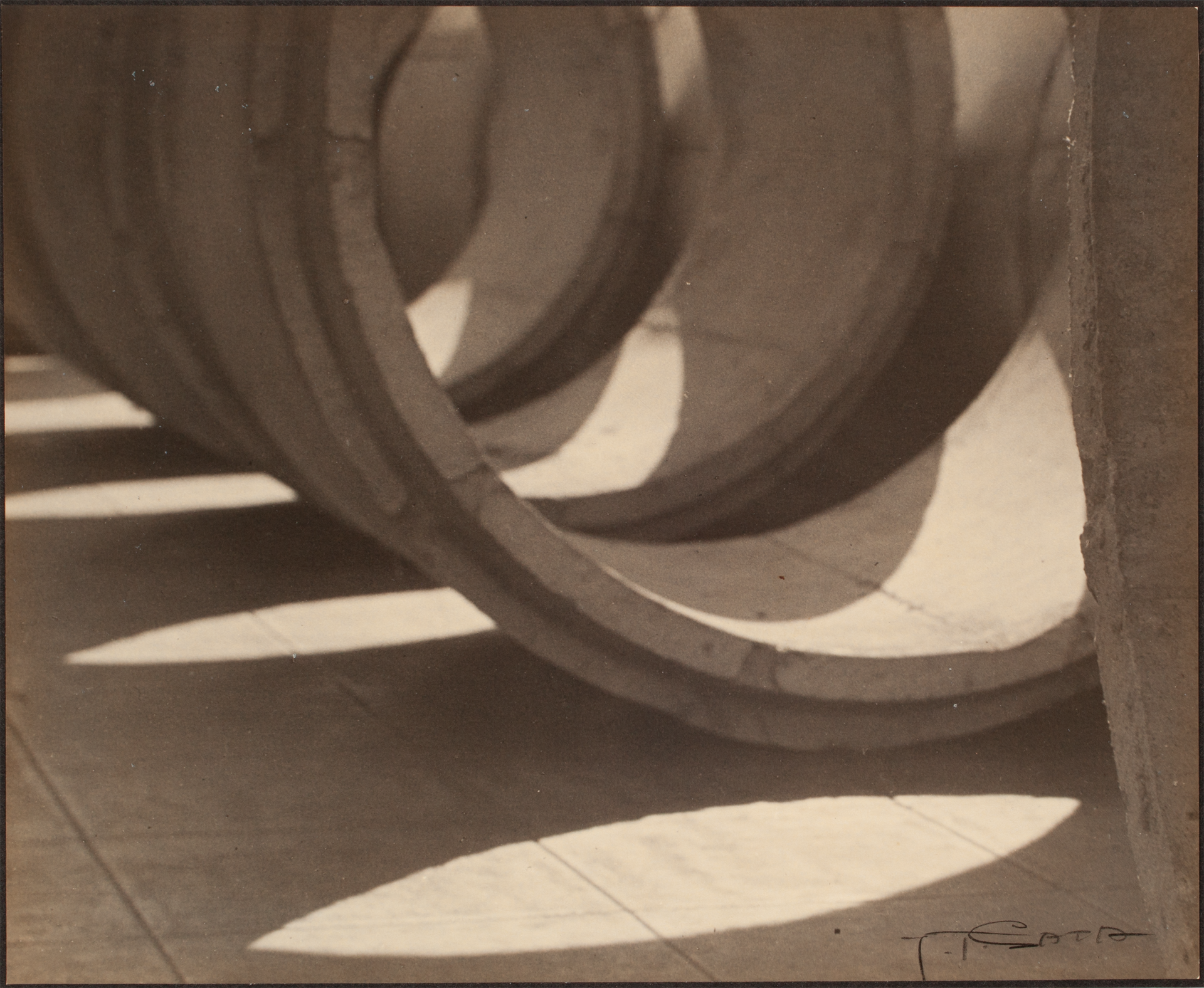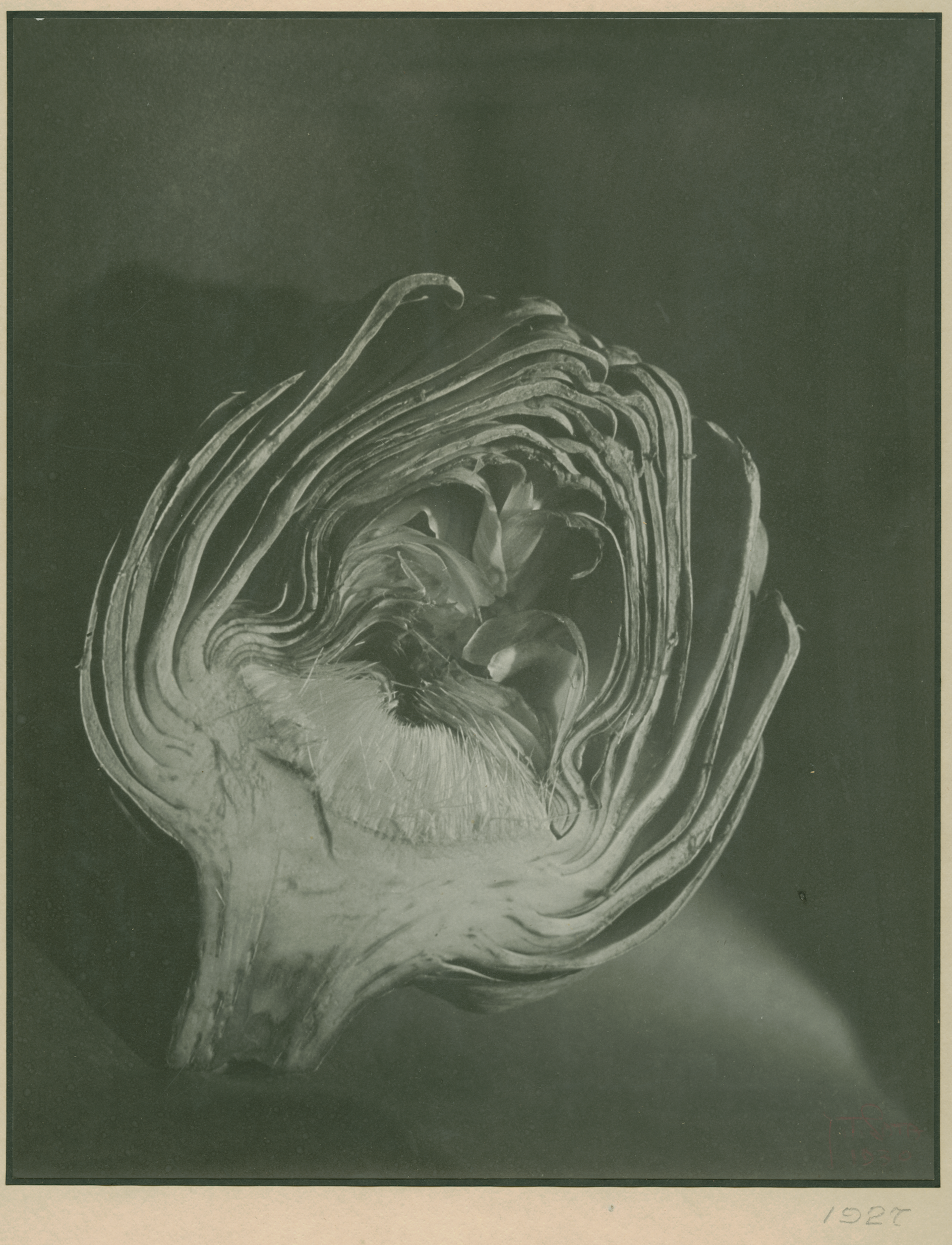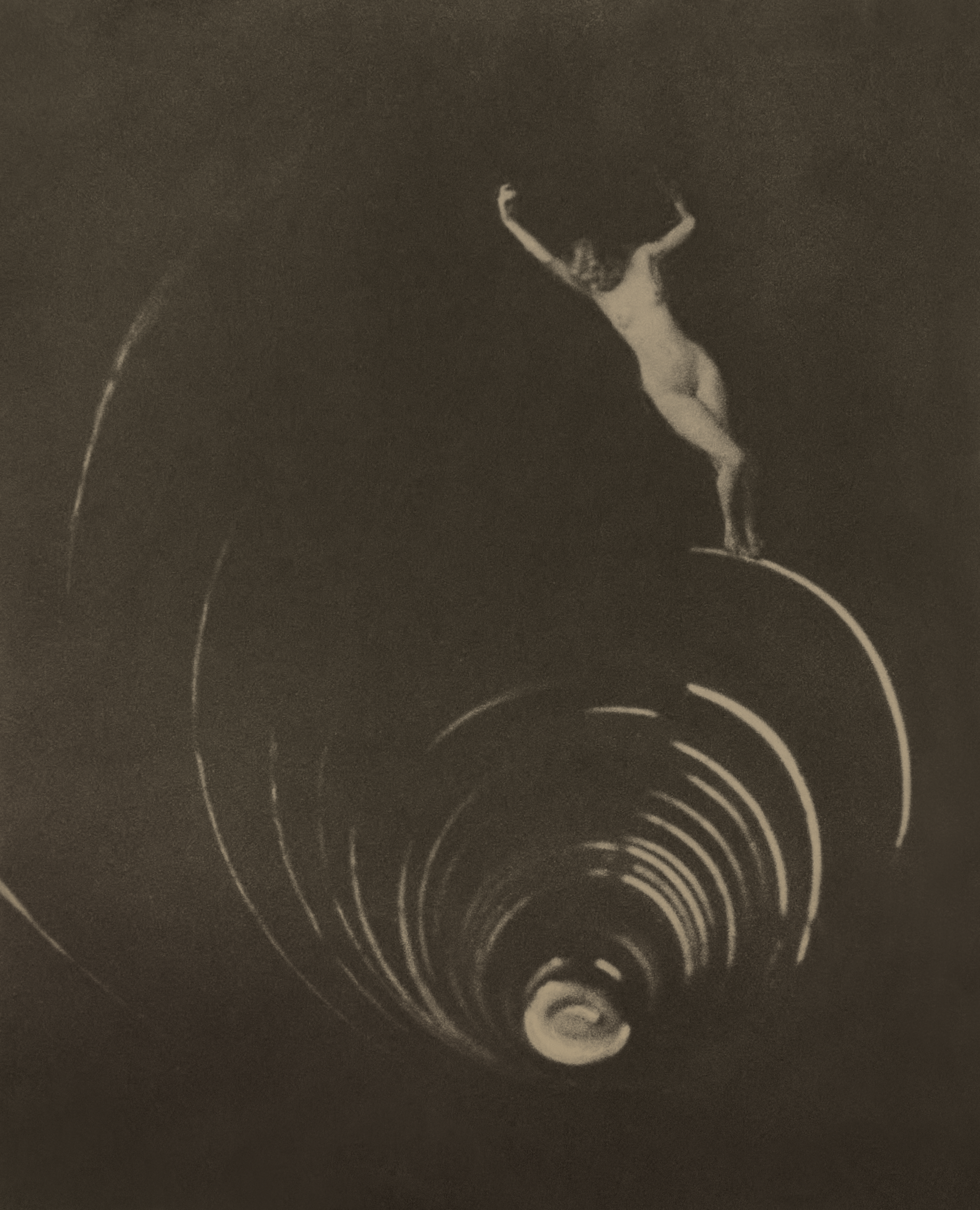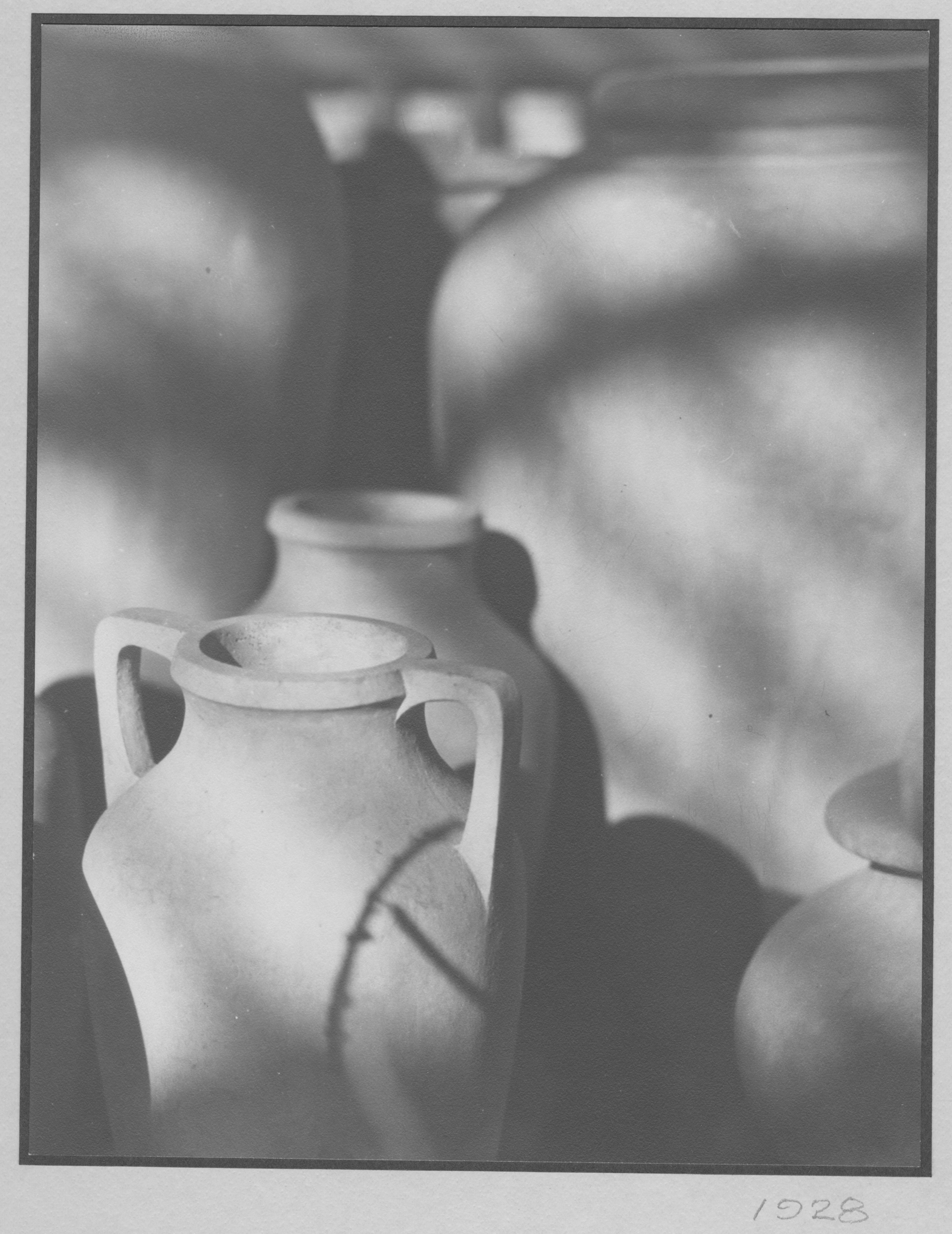
James Tadanao Sata (1896–1975) came to the United States in 1918. Despite his good education and the elevated social status of his samurai heritage, he was unable to inherit because he was not the eldest son. When he felt that his best opportunities would be in America, he boarded the Tenyo Maru at Yokohama and departed for the US. In his belongings was a sketchbook filled with depictions of Kagoshima, a keepsake of his homeland and artistic dreams.
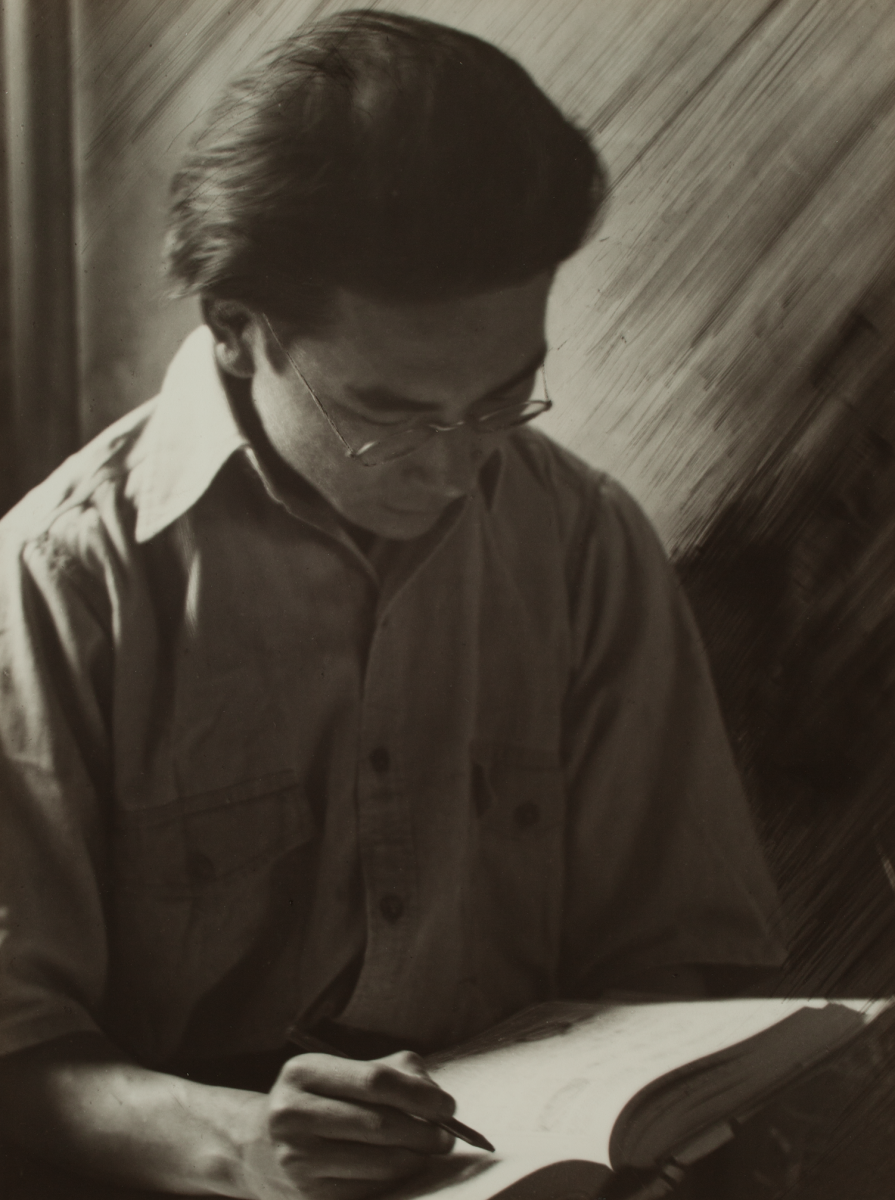
After arriving in San Francisco on December 26, 1918, Sata traveled to Los Angeles and began to make a living on his own. With no family in the US, he found work as a servant, custodian, and in the grocery business. All the while, he longed to be an artist. He became a charter member of the Japanese Camera Pictorialists of California (JCPC). Based in Little Tokyo, the JCPC hosted exhibitions and critiques that included new work from the club’s members each month. They traveled together to photograph the surrounding mountains, sea, and Los Angeles environs. Although they developed their negatives in bathtubs, kitchen sinks, or the club’s darkroom, and made prints in closets or bathrooms their photographs had a much wider audience as they were exhibited and published worldwide during the 1920s and 1930s.
In 1931 Sata married Yoshie Seki, a California-born woman, and in 1933 their son, Frank, was born. When Sata’s life became more complicated, he dropped out of the JCPC for several years before rejoining in 1936 and exhibiting his work. However, the unbridled enthusiasm and exhilarating creativity of the 1920s, a period that embraced newness and modernity, dissolved among the debilitating effects of the Great Depression during the 1930s.
At the onset of World War II, Sata was forced to abandon photography since cameras were deemed contraband for those of Japanese heritage. During the forced removal of Japanese Americans, the Sata family lived in a horse stall at Santa Anita temporary detention center. Later, they were moved to the Jerome and Gila River concentration camps in Arkansas and Arizona, where Sata made drawings and paintings of life in the camps. His prewar photographs and camp artwork expressed a sense of beauty, isolation, and fortitude in the face of a daunting and complicated world.
